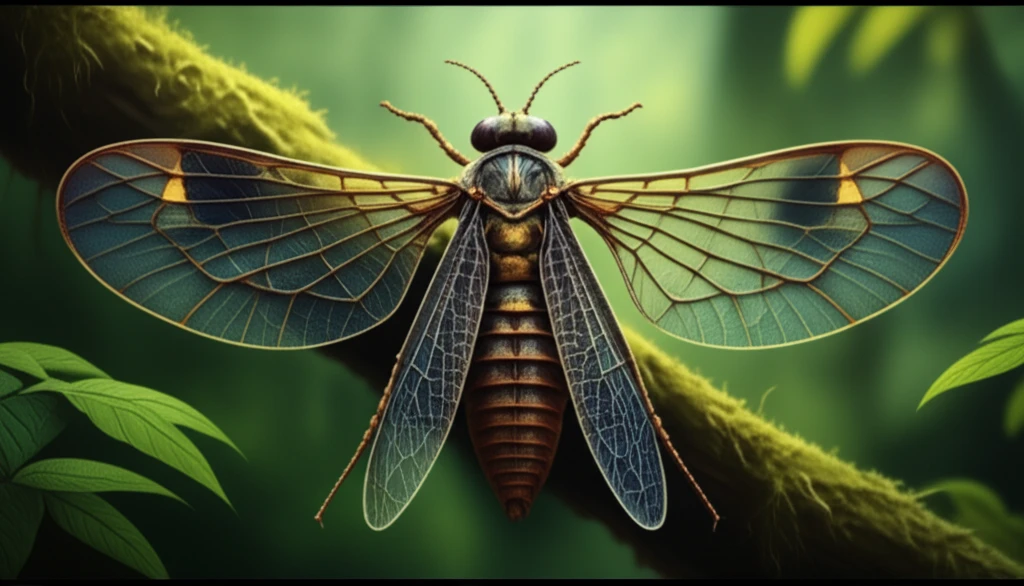
A New Species Discovered: Loneuroides García Aldrete in Brazil!
"Unveiling the biodiversity of psocopterans in the Neotropics and its significance for ecological research."
The world of psocopterans, commonly known as barklice or booklice, holds a vast diversity of species, many of which remain undiscovered. Among these is the genus Loneuroides, part of the Ptiloneuridae family, which until recently was known only from northwestern South America.
A recent finding has expanded the known range of this genus. In Bahia, Brazil, a female specimen of Loneuroides was discovered that does not match any previously described species. This discovery is particularly significant because it marks the first record of the genus in Brazil, far from the Andean regions where it was previously known.
This article details the description and illustration of this new species, named Loneuroides baianus, highlighting its unique characteristics and its importance for understanding the distribution and evolution of these insects.
Loneuroides baianus: A Detailed Look at the New Species

Loneuroides baianus exhibits distinct features that set it apart from other species in the genus. Key diagnostic traits include the six-branched vein M in the forewing and the two-branched vein M in the hindwing. These wing venation patterns are crucial for identifying and classifying psocopterans.
- Wing Venation: Six-branched vein M in the forewing, two-branched in the hindwing.
- Ninth Sternum: Broad, trapeziform shape with a concave anterior.
- Coloration: Yellow body with ochre-brown spots, unique head pattern.
- Lacinial Tip: Broad with seven denticles.
Implications and Future Directions
The discovery of Loneuroides baianus in Brazil significantly expands the known distribution of the genus, highlighting the potential for further discoveries in the Neotropical region. This finding underscores the importance of continued entomological research to document and understand the biodiversity of these often-overlooked insects.
This new record bridges a significant geographical gap, suggesting possible dispersal routes or previously unknown populations. Further studies, including molecular analyses and broader surveys, could reveal more about the evolutionary history and biogeography of Loneuroides.
Understanding the relationships between Loneuroides and other genera within the Ptiloneuridae family is crucial. Future research should focus on phylogenetic analyses to clarify these relationships and gain insights into the evolution of psocopterans. Studies like these improve the state of understanding the role of this insect in the ecosystem and food cycle.
